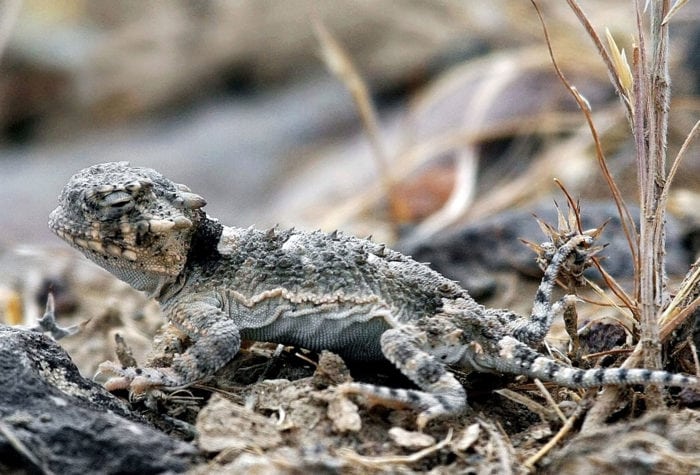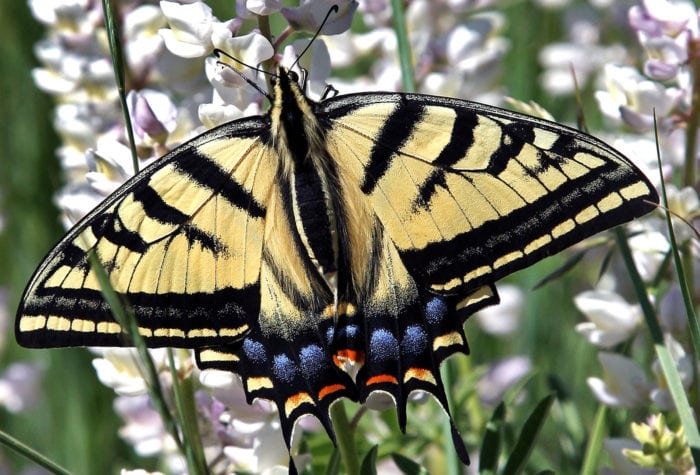Author: Joanna Zhang | Published: June 3, 2021 | Category: Profiles
“While I was out there, I didn’t see a single person, didn’t hear an airplane or truck. There was just pronghorn, and solitude really. It was the best wilderness experience I’ve had.”
During summer 2015, Cody Hess took two months off from his wholesale position with Patagonia to work on restoration projects and survey wilderness study areas with Jefferson Jacobs, ONDA’s Riparian Restoration Specialist. This was Cody’s first encounter with Oregon’s high desert, and the hope that other people can have the same chance to appreciate that naturalness and solitude has led him to advocate on behalf of desert streams and the area around them today.

